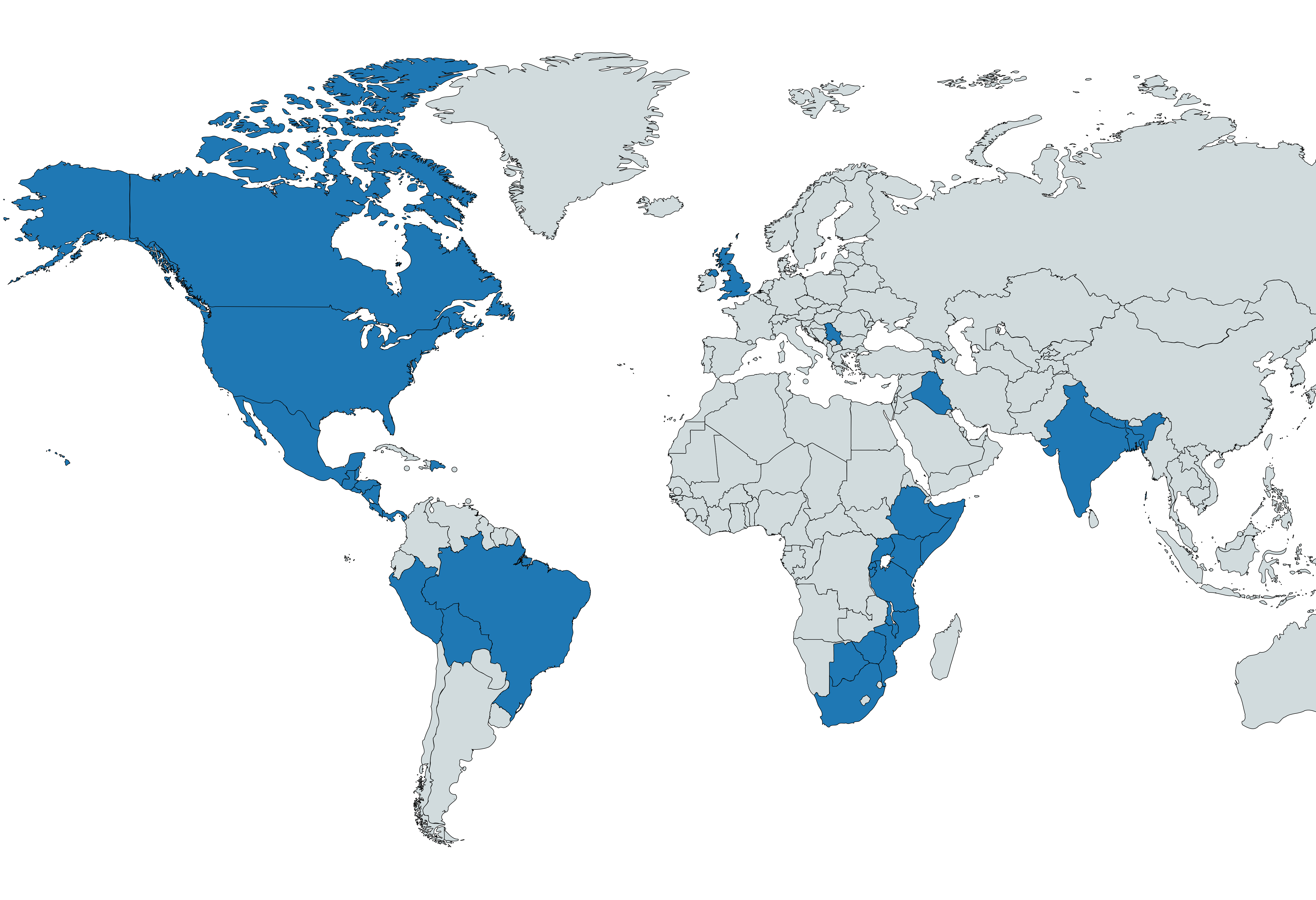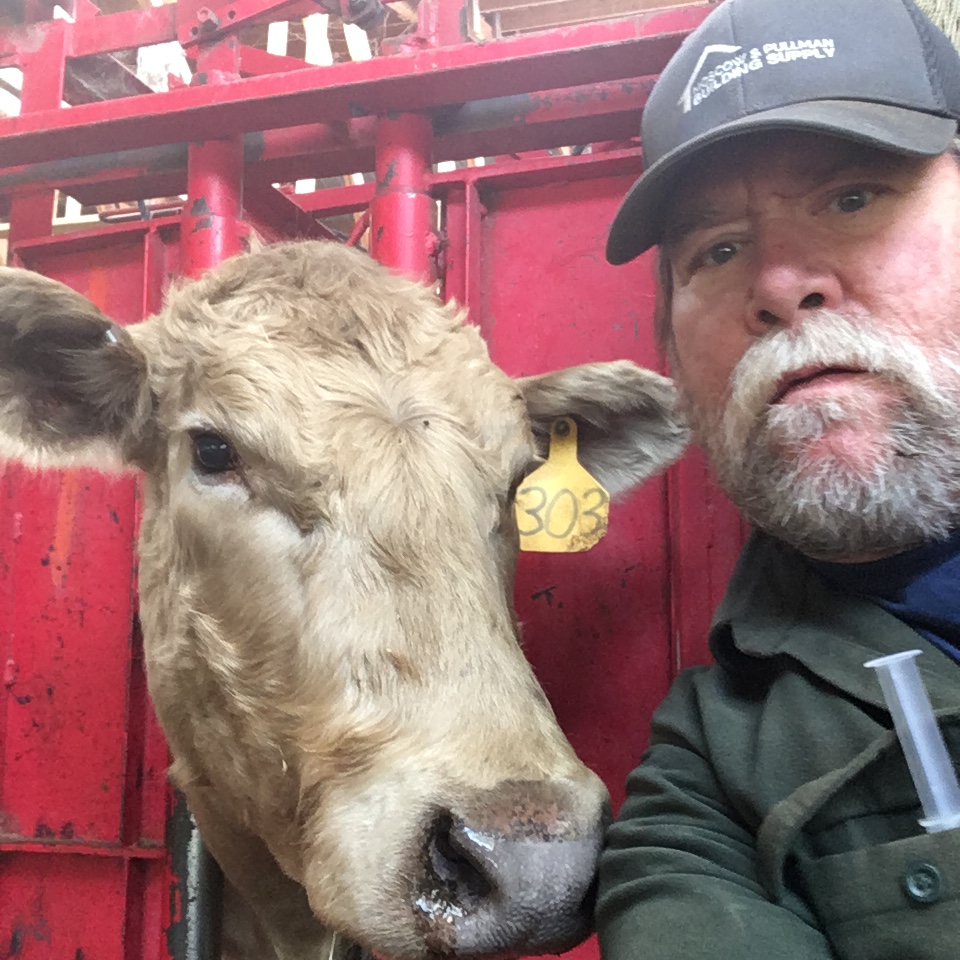Ruminant Livestock and Methane Emissions
Domesticated ruminant animals such as cattle and buffalo are the largest source of methane emissions, annually contributing an estimated 28% of global methane production.
Our Unique Approach
Our solution to the existing challenges in ruminant agriculture is to focus at the farm level on assessing and then improving the per animal productivity.
Measuring Greenhouse Gases on farm operations in North America
The Ruminant Methane Efficiency Tool (RMET) is a practical tool for producers to use in making operational decisions, and a verifiable means of representing the environmental sustainability (GHG emissions) of an operation.
Ruminant methane in developing countries
Ruminant Methane Assessment (RMA) is a tool for assessing developing country livestock production systems and is applicable to both dairy and beef systems.
Benefits from our approach
Understanding the carbon footprint of livestock operations while improving the efficiency of production
How can we help you?
Whether you are a cattle rancher in the US or managing a livestock improvement project in Africa, we can help you
Where We Have Worked

Welcome To RuMeth International
Our company has worked in more than 30 countries around the globe focused on improving the nutrition of ruminant livestock while enhancing animal productivity and reducing ruminant methane emissions. The result of this extensive work has given RuMeth the unique opportunity to create analytical tools that accurately assess and validate greenhouse gas emissions generated by livestock operations and their associated production systems.
These tools provide livestock producers, agribusiness owners and other related entities with the ability to set clear objectives for increasing production and reducing GHG emissions. As noted management specialist Peter Drucker said “If you can’t measure it, you can’t improve it.” In other words, progress towards objectives can be tracked and success defined, when established metrics are available. The RuMeth team has developed the tools necessary to set clear metrics for the success of livestock producers around the globe to increase productivity and decrease their environmental impact through reduced emissions.
RuMeth International staff

Richard Bowman has over 35 years of global work experience in livestock nutrition and reproductive improvement as well as international project management, developing country agribusiness improvement and commercial technology transfer.
Richard Bowman
Livestock Nutritionist
Kurt Rockeman is a Livestock Economist with over 35 years of experience managing agricultural and rural economic development, natural resource management and environmental sustainability activities in East and Southern Africa and Latin America
Kurt Rockeman
Livestock Economist
Geoffrey Shropshire is an Agricultural Engineer with experience in research and testing of agricultural equipment, computer programming, and teaching. He holds a Professional Engineer's License in Idaho and a PhD in Agricultural Engineering from the University of Nebraska.
Geoffery Shropshire
Agricultural Engineer
FAQ
The majority of cattle live in developing countries
According to the latest FAO census data, developing countries of the world contain 76% of the planet’s ruminant population, for a total of 1,286 million head of livestock. The vast majority of these animals are raised in low efficiency production systems, as evidenced by the fact that they produce only 32% of the world’s milk and meat.
Emissions from livestock are under scrutiny in North America.
Large meat buyers (Walmart, Costco, McDonald’s, etc.) are starting to request GHG emission data from their suppliers. Individual consumers are demanding increased transparency on emissions from livestock. Environmental groups are spreading stories of the “dangerous” levels of GHGs emitted by cattle being raised for meat and milk production.
Cattle in developing countries are kept without the benefit of improved management practices
This lack of innovation results in the livestock yielding far less than their genetic potential. The diets given to livestock differ substantially from those of animals in developed countries, with nutrient intake levels that barely fulfill maintenance requirements. Substantial productivity improvements and methane emissions reductions are possible when the balance and the digestive efficiency of the the rations fed are increased.
The majority of the feed consumed by cattle (86%) is made up of materials that cannot be eaten by humans
Other species eat almost entirely foodstuffs that could be consumed by humans. For this reason, producing 1 kg of boneless beef requires an average of 2.8 kg human-edible feed as opposed to 3.2 kg for pork and chicken
Latest News and Events
RuMeth conducts Dairy Nutrition and Methane Assessment in Kenya
In June of 2019 the RuMeth International team finalized a dairy nutrition and methane assessment for Kenya. The project was sponsored by the USAID funded...
USRSB Supports RuMeth International’s RMET Effort
U.S. Roundtable for Sustainable Beef (USRSB) supports RuMeth International’s efforts to help ranchers utilize their resources more efficiently and sustainably. RuMeth's President Richard Bowman presented...
Contact RuMeth International
- 1051 Kasper Rd. Moscow, Idaho 83843
- 208-882-4766
- info@rumeth.com